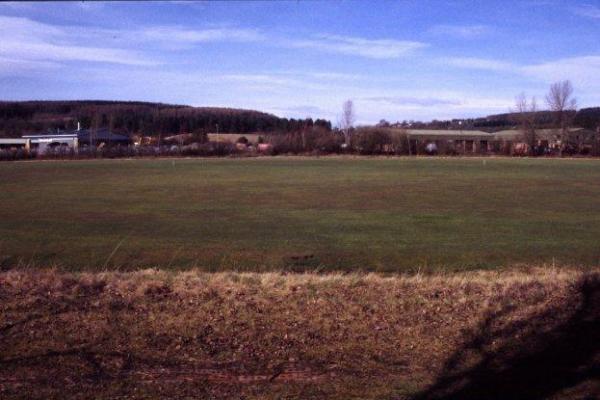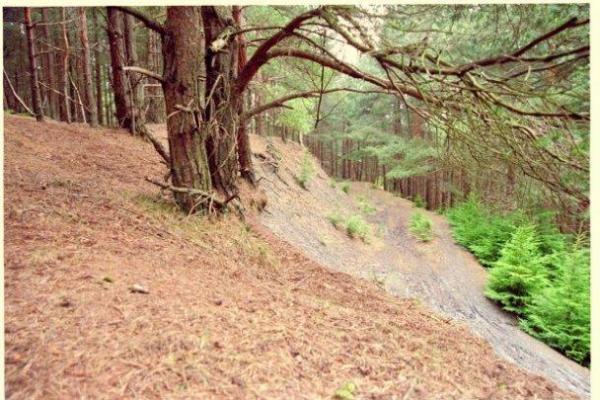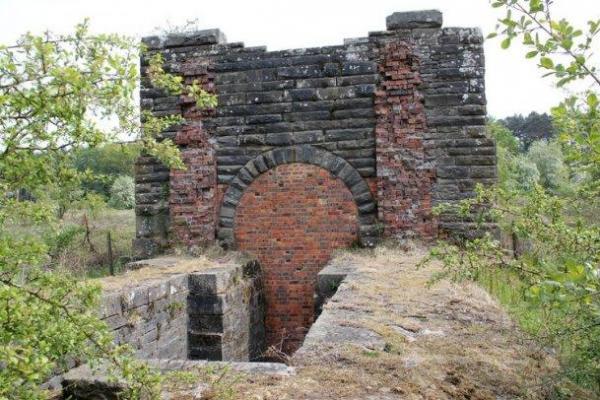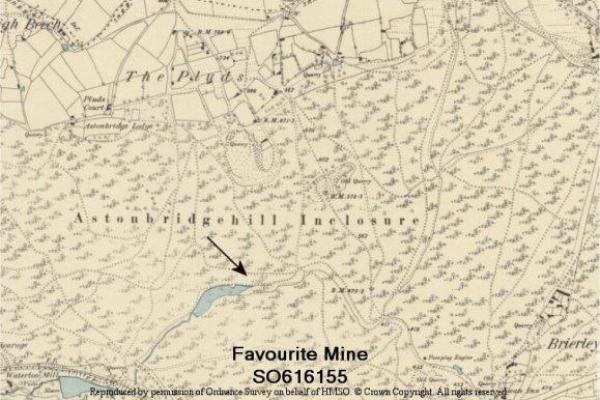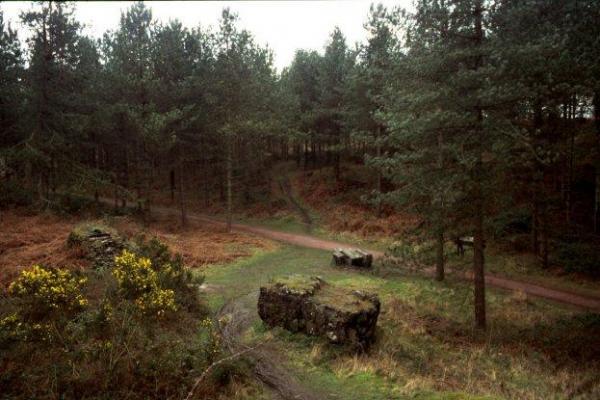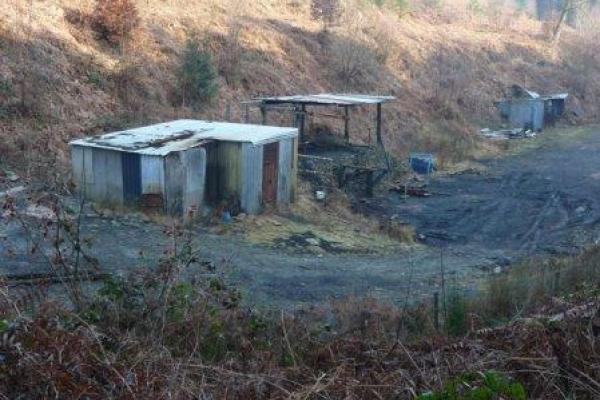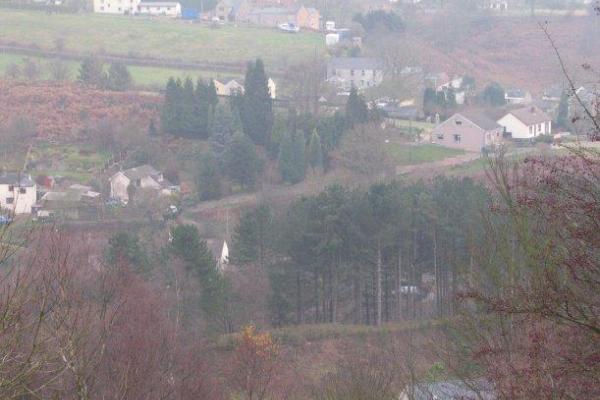Duck Colliery
Duck, or Broadmoor, Colliery was on the Broadmoor Engine gale, which formed part of Bilson Colliery. Read More
East Slade Colliery
Sinking of East Slade Pit was begun around 1832 by George and James Meek, who assigned their rights to the Cheltenham and Forest of Dean Coal Co. Read More
Eastern United Colliery
The Eastern United Colliery gale was one of seven areas into which the deep gales of the coalfield were amalgamated by the 1904 Dean Forest (Mines) Act. Read More
Fairplay Iron Mine
The most extensive remains of fairplay Mine are of a Cornish underbeam engine house over a masonry shaft about 350 feet deep. Read More
Fairplay Iron Mine Engine House
The most extensive remains of fairplay Mine are of a Cornish underbeam engine house over a masonry shaft about 350 feet deep. Read More
Favourite Mine
Favourite Mine is a free mine which worked coal seams in the Pennant Group (middle Upper Coal Measures) via a drift. Read More
Flour Mill Colliery
Although Flour Mill was first galed in 1843, a chemical works had been built on the site by 1844. Read More
Foxes Bridge Colliery
The original Foxes Bridge Colliery of c.1837 was never completed, and in 1855 sinking of a new colliery began further north. Read More
Hamblins Yorkley Free Mine
After a new gale (Hamblins Yorkley) was defined in about 1920, the Yorkley Seam (Pennant Group) was worked by the Hamblin family. Read More
Harrow Hill Colliery
Albert Jones acquired the mining rights on Prosper gale at Harrow Hill in 1916, also taking a lease on the east wing of Speedwell Newbridge Colliery; Newbridge Engine Colliery was... Read More
 Forest of Dean Local History Society
Forest of Dean Local History Society
